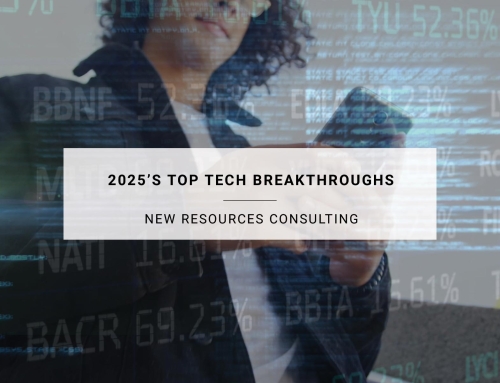October and the Evolution of Cybersecurity: A Look Back and Ahead
The Birth of Cybersecurity Awareness Month
Cybersecurity Awareness Month was officially established in October 2004 by a joint initiative between the U.S. Department of Homeland Security and the National Cybersecurity Alliance. The goal was simple but urgent: to raise public awareness about the growing importance of cybersecurity in an increasingly digital world. Over the years, this initiative has evolved into a global movement, with governments, corporations, and educational institutions participating in campaigns to promote safer online behavior.
Now in its 22nd year, Cybersecurity Awareness Month continues to serve as a reminder that cybersecurity is not just a technical issue; it’s a shared responsibility that touches every aspect of modern life, from personal privacy to national security.
The Origins of Cybersecurity: From Curiosity to Crisis
Cybersecurity as a discipline didn’t emerge overnight. Its roots trace back to the early days of computing in the 1960s and 70s, when researchers began experimenting with networked systems. One of the earliest known examples of a self-replicating program was the Creeper virus, created in 1971 by Bob Thomas at BBN Technologies. It wasn’t malicious; it simply displayed the message “I’m the creeper; catch me if you can!”, but it demonstrated that code could move across systems without permission.
The first real wake-up call came in 1988 with the release of the Morris Worm, created by Robert Tappan Morris, a graduate student at Cornell. Intended as an experiment, the worm exploited vulnerabilities in Unix systems and inadvertently caused widespread disruption, affecting around 10% of the internet at the time. The incident led to the creation of the Computer Emergency Response Team (CERT) and marked a turning point in how organizations approached digital security.
This moment shifted cybersecurity from a niche concern to a mainstream priority. It revealed how interconnected systems could be exploited at scale and underscored the need for proactive defense mechanisms.
What Companies Should Be Doing in 2025
In today’s landscape, cybersecurity is no longer just about firewalls and antivirus software. The threat environment has evolved, and so must the defenses. Here are some key areas where companies should be focusing their efforts in 2025:
- Zero Trust Architecture: This model assumes that no user or device is inherently trustworthy. Every access request must be verified, regardless of origin. It’s a fundamental shift from perimeter-based security to identity-centric protection.
- AI-Driven Threat Detection: Machine learning models are increasingly used to detect anomalies in network traffic, user behavior, and system logs. These tools can identify threats faster and more accurately than traditional methods.
- Secure Software Development: Security must be integrated into the development lifecycle. This includes code reviews, automated vulnerability scanning, and secure coding practices.
- Incident Response Automation: Speed is critical during a breach. Automated playbooks and orchestration tools can help teams respond to threats in real time, minimizing damage and downtime.
- Supply Chain Security: With third-party vendors often serving as entry points for attackers, companies must assess and monitor the cybersecurity posture of their partners.
Staying Secure Outside of Work
Cybersecurity isn’t just a workplace issue; it’s a personal one. As individuals, we interact with digital systems constantly, and our habits can either strengthen or weaken our security posture. Here are some foundational practices everyone should adopt:
- Use Strong, Unique Passwords: Avoid reusing passwords across accounts. Consider using a password manager to generate and store complex credentials.
- Enable Multi-Factor Authentication (MFA): MFA adds an extra layer of protection by requiring a second form of verification, such as a code sent to your phone or biometric authentication.
- Be Wary of Phishing Attempts: Learn to recognize suspicious emails, texts, and calls. Never click on unknown links or share sensitive information with unverified sources.
- Keep Software Updated: Regular updates patch known vulnerabilities. Enable automatic updates whenever possible to ensure your devices are protected.
- Secure Your Home Network: Change default router passwords, use WPA3 encryption, and consider segmenting your network to isolate smart devices from your primary systems.
Looking Ahead: What Needs to Improve
While cybersecurity has come a long way, there are still areas that need significant improvement:
- Accessibility of Cybersecurity Education: Many users still lack basic knowledge about digital safety. More inclusive and engaging educational resources are needed to bridge this gap.
- Real-Time Threat Intelligence Sharing: Organizations often operate in silos. A more collaborative approach to sharing threat data could help prevent widespread attacks.
- Security in Emerging Technologies: As quantum computing, AI, and IoT continue to evolve, so do the risks. Security frameworks must adapt to these new paradigms.
- Privacy-Centric Design: Products should be built with privacy in mind from the outset, not as an afterthought. This includes transparent data practices and user control over personal information.










